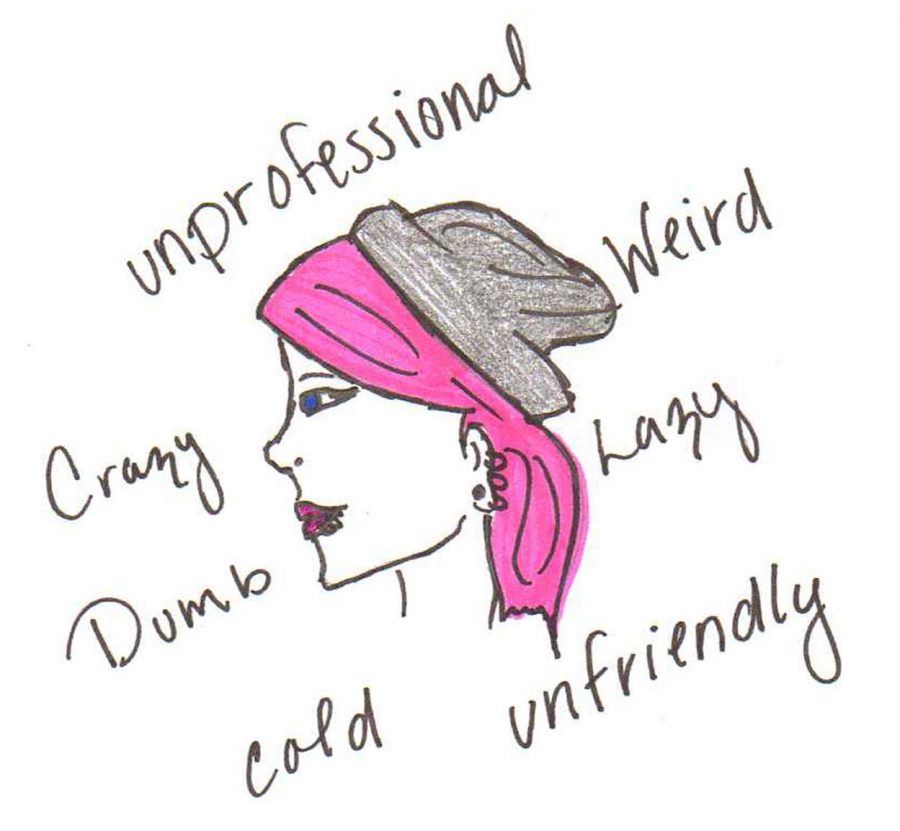Job discrimination remains a serious issue for American workforce
December 12, 2013
Despite rules and regulations prohibiting stereotyping in the workplace, many Americans are being discriminated against, sometimes even resulting in job termination. As the vast majority of people would agree, there needs to be a change in this system. However, the question of how to effectively do this arises. The best way to diminish the negative effects of job stereotyping is simply to provide education and resources to inform the general public, as well as tighten up on current laws.
Typically, in today’s world, the majority of discrimination, whether it be based upon race, sexual orientation, or general appearance, is thought to be in our history. Despite these preconceived notions, and numerous laws implemented in the 1960s, employment stereotyping and discrimination is still prevalent.
According to The U.S. Equal Employment Opportunity Commission, Title VII, enacted in 1964, prohibits employers from discrimination based upon gender, race, religion, parental status, or national origin.
In an ideal world, discrimination of any sort would be a non-issue. However, seeing as it is somewhat inevitable to a certain degree, that is not the society in which we live. Luckily, that is why there are laws set in place to help with the prevention job stereotyping.
Unfortunately, there are many loopholes regarding the legality of job hiring and termination.
Because of the inherent subjectivity of job discrimination, often times the investigations come up with no concrete evidence. Similarly, an investigation may be stopped if there is reason to believe that investigating further will not prove a law violation.
Although the law sets not only a good example, but consequences for those found guilty of unjust job discrimination, it is important to realize that the root of the problem would be diminished if those committing these deeds were more educated to begin with.
Many workplaces are implementing new programs, meetings and integrated discussion groups in an effort to create a more healthy, comfortable atmosphere. Although at first this may seem somewhat extensive, it is critical to make strides in reducing prejudices.
The most important thing to consider from this current issue is the fact that there is still a need for change, a need for people to stay informed. The longstanding issue of the lack of tolerance is one that continually needs to be addressed, especially in the workforce. With a healthier workplace, in turn we will have a healthier, more productive, tolerant society.



Katie Markert • Jan 12, 2014 at 5:26 pm
You have a very clear and concise opinion that is carried throughout the article, which is awesome. I would’ve liked to have seen a couple more facts to back up your argument, but overall good job!
Emily Ness • Dec 26, 2013 at 10:07 pm
Katie! I really liked your article! The lead was fantastic. You addressed all 5 W’s. The article is informative throughout. Your secondary sources are incorporated nicely. I thought it was wonderful that you included solutions to discrimination, such as,changes in the work place. I completely agree with your concluding paragraph. The closing sentence was very powerful. Well done!